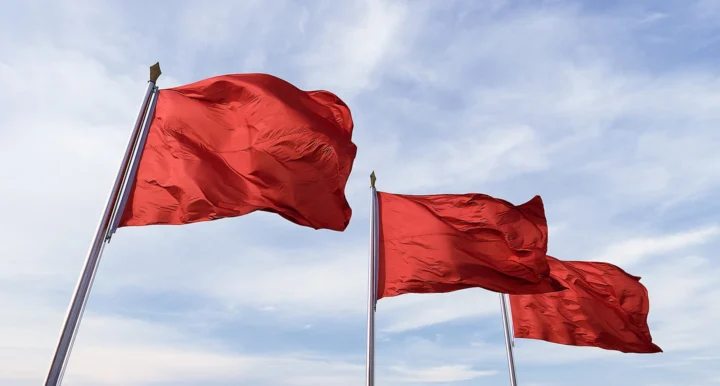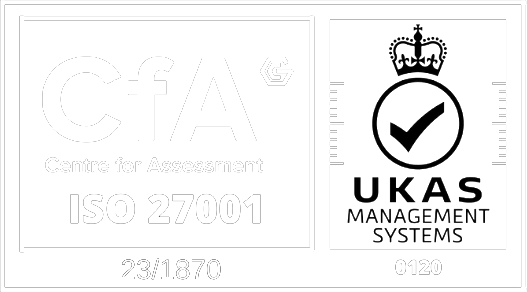Although still in the early days of his administration, President Donald Trump has introduced significant changes to US sanctions policy, with consequences for firms operating in the US and around the world.
During his previous term, sanctions were a cornerstone of President Trump’s foreign policy, and were often applied quickly and unpredictably in order to achieve administration objectives. With that in mind, in 2025, it’s critical that obligated entities implement screening solutions capable of not only delivering robust compliance, but adapting to a potentially-volatile sanctions risk landscape.
If you have US sanctions compliance concerns, now is the time to review your risk environment and screening mechanisms. To help you get to grips with that burden, here are the latest key changes to US sanctions policy that risk leaders should be aware of:
1. Intensified Sanctions On Iran
On 6 February, 2025, the US Treasury announced that it would be “restoring maximum pressure” on Iran by imposing new economic sanctions on the Iranian oil industry. The latest restrictions target an international network of shipping tankers that transport oil from Iran to countries like China, with the proceeds used by the Iranian government to fund the development of nuclear weapons.
Since the sanctions designations include firms operating in locations around the world, including India and the UAE, it’s critical that compliance teams recalibrate their screening tools to account for the broadened scope of the program.
2. Reversal of Cuba Sanctions Relief
On 14 January 2025, President Joe Biden removed Cuba from the US’ list of state-sponsors of terrorism. However, on 20 January 2025, hours after taking office, President Trump revoked that decision.
Cuba is already subject to robust sanctions measures under existing US policy, but by reinstating Cuba on the state sponsor of terrorism list, the Trump administration has blocked US citizens and entities from doing business with certain Cuban entities that would otherwise have been relieved. Examples of the reinstated restrictions include licensing requirements for technology exports that could be used by the Cuban military, and the requirement for the US to oppose loans to Cuba by the World Bank.
3. Dissolution of Russian Oligarch Sanctions Task Force
Under the Biden administration, in response to the invasion of Ukraine, the US Treasury assembled a task force to enforce sanctions against Russian oligarchs. On 6 February, President Trump disbanded that task force, signalling that the Treasury would be shifting its focus to combatting Mexican drug cartels and international criminal gangs operating in the US.
The US Justice Department will continue to prosecute cases currently in motion against Russian oligarchs but the change will see the number of new Russian targets drop significantly. The shift to Mexico and international gangs also suggests that the Justice Department will lean more heavily on the Foreign Corrupt Practices Act as a means to prosecute bribery investigations.
4. Tariffs on Canada, Mexico, and China
The Trump administration recently imposed new 25% tariffs against imports from Canada and Mexico, and an additional 10% tariff on imports from China, citing concerns about imbalances in the US’ trade relationships with those countries. In response, Canada announced that it was imposing a retaliatory 25% tariff against the US, while Mexico and China also indicated they would also be responding in kind.
The imposition of tariffs typically has indirect effects on supply chains, necessarily changing the risk profile of parties involved in a trading relationship. That change may require US firms to adjust their screening solutions going forward, with an emphasis on supply chain and third party risk.
Tariff update: On 4 February, President Trump announced that the US was “pausing” the introduction of tariffs against Canada and Mexico – as a result of productive discussions. He indicated that tariffs against China would remain in place.
5. Potential ICC Sanctions
On 6 February, President Trump announced that he was imposing sanctions against persons supporting International Criminal Court (ICC) investigations into US citizens, and into allies of the US. The sanctions represent a retaliation against recent arrest warrants issued by the ICC against Israeli Prime Minister Benjamin Netanyahu.
The list of US ICC sanctions designations has not been made public. However, the restrictions include a ban on travel to the US, and possible asset freezes, and extend to family members and close associates of the targets.
US ICC sanctions will impose new screening obligations on obligated firms, but will likely have further consequences, not least on international legal cooperation agreements. With that in mind, firms must monitor ICC sanctions developments carefully and be ready to react if new retaliatory measures are forthcoming.
Stay Ahead of Sanctions Risk in 2025
The Trump administration has assumed an aggressive and dynamic sanctions posture in its first few weeks, and it’s likely that further changes are on the horizon in 2025. The best way to manage sanctions risk, especially in a volatile environment like the US, is to gather as much risk data as possible, and lean into the possibilities of software automation in order to make sense of it.
Beyond the speed, efficiency, and accuracy, sanctions screening technology offers valuable flexibility for firms working to ease compliance pressure. Screening technology enables compliance teams to search thousands of sanctions data sources, including global watchlists and adverse media stories, and generate actionable intelligence in seconds. Don’t let the evolving US sanctions landscape outpace your screening capabilities, explore your automation options to stay ahead of the regulatory curve.
For more information on US sanctions compliance, get in touch with Ripjar today.
Find out how Ripjar can help you comply with US AML regulations
Last updated: 17 February 2025





